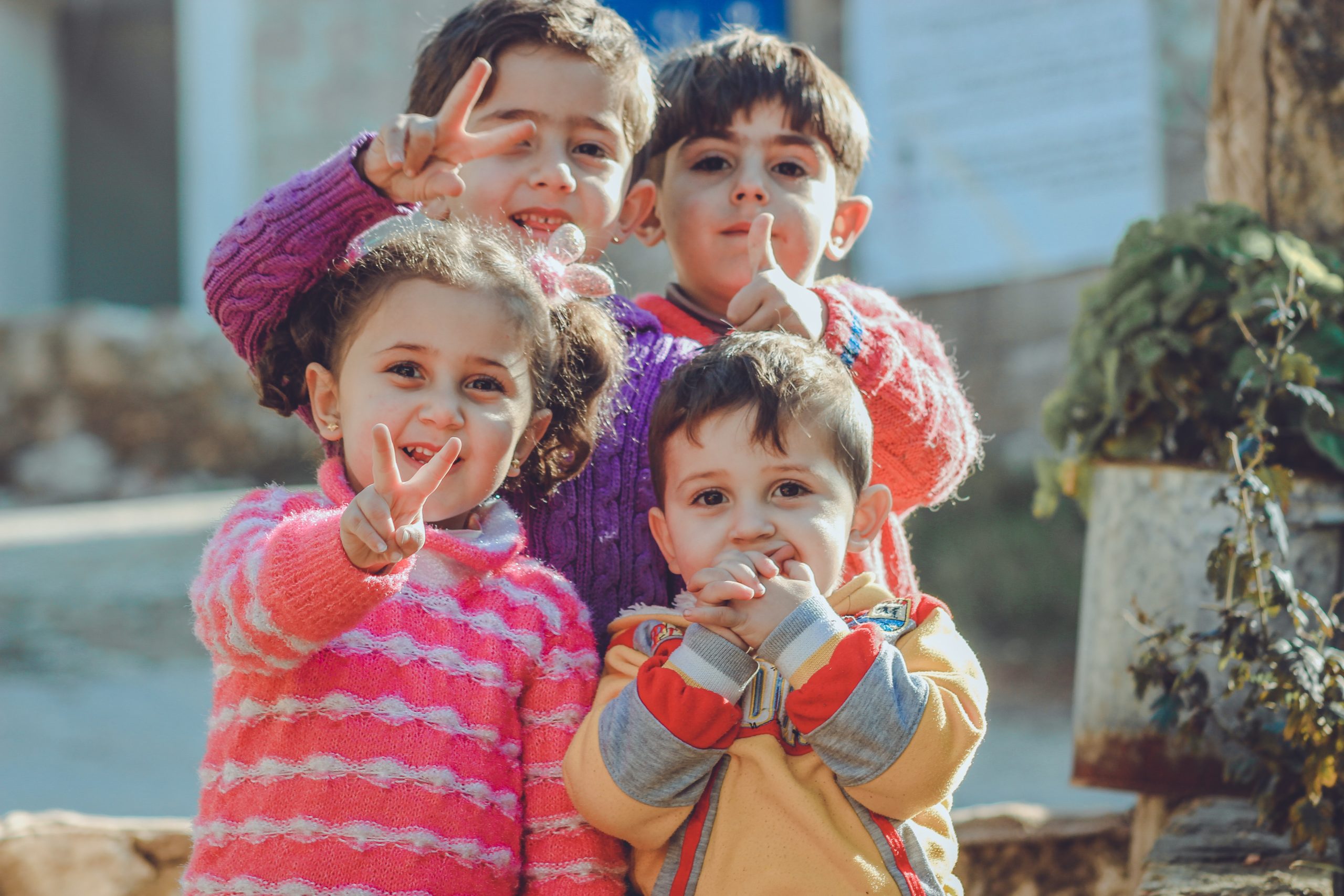Childcare Facilities and the Continued Impact of COVID on Workers, Parents, and Children
The COVID-19 pandemic has brought much needed attention to the vitality of child care and childcare facilities in the United States. As the world’s largest economy, the United States is behind other countries in their investment in child care and early education. According to Bloomberg, the United States spends less than 1% of gross domestic product.
Although majority of child care programs have reopened (73% since December according to ProCare Solutions), many center owners are taking huge financial losses. According to the National Association for the Education of Young Children (NAEYC), 56% of programs reported losing money by staying open. Extra costs have included lower capacities, cleaning supplies, personal protective equipment, and additional staff wages.
Relief Funding for Childcare Facilities
According to the Administration for Children and Families, the Coronavirus Aid, Relief, and Economic Security (CARES) Act includes $6.3 billion in additional funding to ACF. This includes support to low income households, runaway and homeless youth, child welfare services, Head Start programs, child care providers and centers, family violence shelters, and social services and emergency assistance for those affected by the coronavirus.
According to the Washington Post, the overall child care attendance rate was down 51% between March and September. Fortunately, a study of 57,000 child care workers in May and June, published in the journal Pediatrics and done by researchers at Yale, found that child care workers who continued working in the early stages of the pandemic did not have an increased risk of contracting the virus compared to those who stayed home.
Transmission Studies Among Children
American Academic of Pediatrics shared that more than 741,000 children in the United States have tested positive for the coronavirus. About 100 children and teenagers have died from the disease, which is a small number compared to the country’s total death toll, which exceeds 221,000. This shows that children’s symptoms and outcomes are generally less severe than adults. There have been many questions of whether children are “silent spreaders,” meaning they can carry and transmit the disease without showing any symptoms. Data on children’s risk of transmission has been scarce. Strict safety protocols should continue to be followed, especially for children with underlying conditions (diabetes, asthma, obesity, genetic or neurological disorders, and lung disease) who, like adults, are more at-risk with the virus.
Payment Assistance Programs
States such as Tennessee have set up Pandemic/Essential Employee Child Care Payment Assistance in order to support essential workers’ ability to stay on the job. This plan provides these essential workers with access to child care through March 31, 2021. Essential workers include employees of healthcare, law enforcement, first responders such as EMS, fire departments, etc., corrections officers, military, activated national guard, human and social service workers, postal workers, transportation employees, restaurant workers, and grocery workers. The program makes payments directly to the child care providers, who must be license by the Department of Human Services or regulated by the Department of Education and are participants in the Child Care Certificate Program.
Challenges for Child-Care Providers
Despite the relief funds both proponents in Congress and industry advocates agree that these amounts are still not enough to keep child care providers and childcare facilities in business for long. Some states have fortunately provided additional bonuses to the early childhood workforce to supplement the low wages. It will continue to be the duty of the state to continue to find ways to get additional money and support directly to child care educators. Universal child care will continue to require significant long-term investments beyond the pandemic relief efforts.
Interested in learning more about Blackstone Career Institute’s Child Care Certificate Program? Visit our website here to learn more!
Written by Kerry Regan













